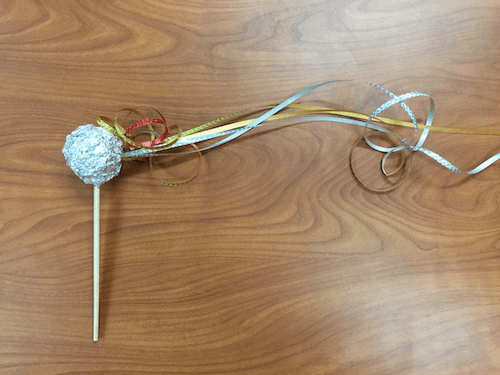
Once In a Lifetime Comet
See Comet C/2022 E3 as it nears Earth!

Get a once-in-a-lifetime chance to see a rare comet with a greenish hue.
Between Feb. 1 and Feb. 2, Comet C/2022 E3 will be 26.4 million miles away from Earth and the best chance to see the glow of with the naked eye.
Comet C/2022 E3 reached its closest proximity to the Sun on January 12, 2023. When comets come this close to the Sun, their ice turns into gas and this temporary atmosphere causes a glow that can be seen from Earth.
Astronomers in California first discovered Comet C/2022 E3 (ZTF) in March 2022 when it was inside Jupiter’s orbit. It is visible now with telescopes and binoculars, and projections determine the best chance of seeing it with the naked eye is in early February 1-2, 2023.
“If C/2022 E3 has ever passed through the solar system before, it would have last been seen in the sky more than 10,000 years ago,” says Jon Giorgini, a senior analyst at NASA’s Jet Propulsion Laboratory.
How do I see C/2022 E3 Comet?
If you live in the United States, or anywhere else in the northern hemisphere, the best time to look for the comet will be in the hours after midnight and before dawn. You can look to the north just after sunset and you just may see a faint greenish glow. There are some people have claimed they can already see it with the naked eye.
What is a comet?
Comets are sometimes described as celestial “dirty snowballs” because they’re masses of ice, gases, rock, and dust that orbit the Sun. Melting ice gives the comet its tail that stretches away from the Sun for millions of miles. Comets don’t emit their own light. The ice reflects the sun’s light, which makes it appear to glow and when frozen, they are the size of a small town.
When a comet’s orbit brings it close to the Sun, it heats up and spews dust and gases into a giant glowing head larger than most planets. The dust and gases form a tail
There are likely billions of comets orbiting our Sun in the Kuiper Belt and even more distant Oort Cloud but there are currently only 3,743 known comets.
Read more about comets in Britannica…
Make Your Own Comet Craft
Step by Step Instructions:

Read further about Astronomy in this fantastic DK Eyewitness Astronomy book that we used in our homeschool:





